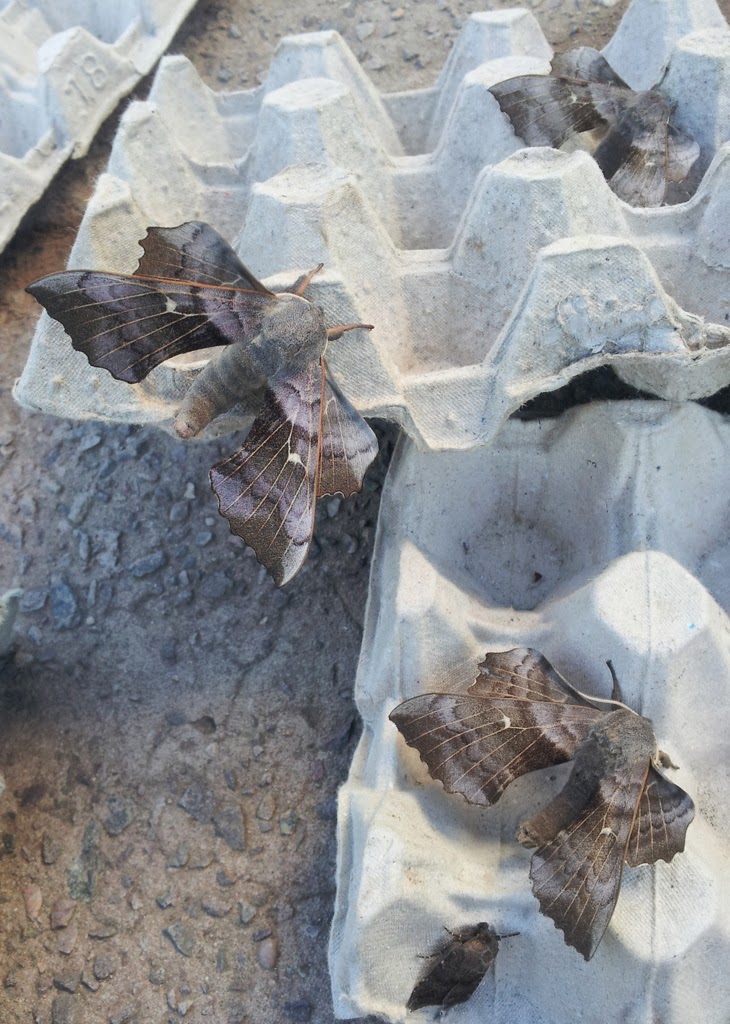I did not record any new species for the garden, but there were plenty that I have not recorded too often. First of all here is one of two May Highflyers, the fourth and fifth recorded in the garden.
 |
| May Highflyer |
Unlike most of the recent traps, there were quite a few micro moths. One of these was the succinctly named Pseudargyrotoza conwagana (that's easy for you to say). This is just the second record for the garden of this distinctive moth, and it is the first time it has appeared on this blog.
 |
| Pseudargyrotoza conwagana |
Also from the tortrix family was one of the easiest to identify, Epilblema cynosbatella. As suggested by the second part of the Latin name, this is sometimes given the English name of Yellow-faced Belle. It is easy to see why. Another new one for the blog.
 |
| Epiblema cynosbatella |
A gradual increase in size to this Middle-barred Minor. The minors are some of the smallest of our macro moths, and can be impossible to identify without 'further determination'. Thankfully the Middle-barred Minor is one the family that can be readily identified, and this is only the second record for my garden.
 |
| Middle-barred Minor |
From the smallest macro moth in the trap to one of the largest. There were two of these Elephant Hawk-moths, always a treat.
 |
| Elephant Hawk-moth |
The final picture is this Silver-ground Carpet. This is a common moth that I regularly record in the late spring and early summer, and is often seen flying in the day around the garden. This is notable in being the first time I have managed to get a decent picture of one.
 |
| Silver-ground Carpet |






















.JPG)





.JPG)
.JPG)
.JPG)
.JPG)




